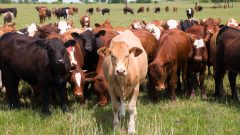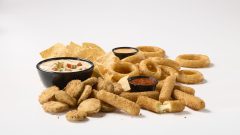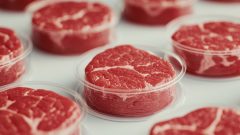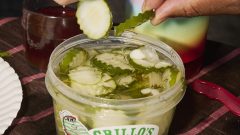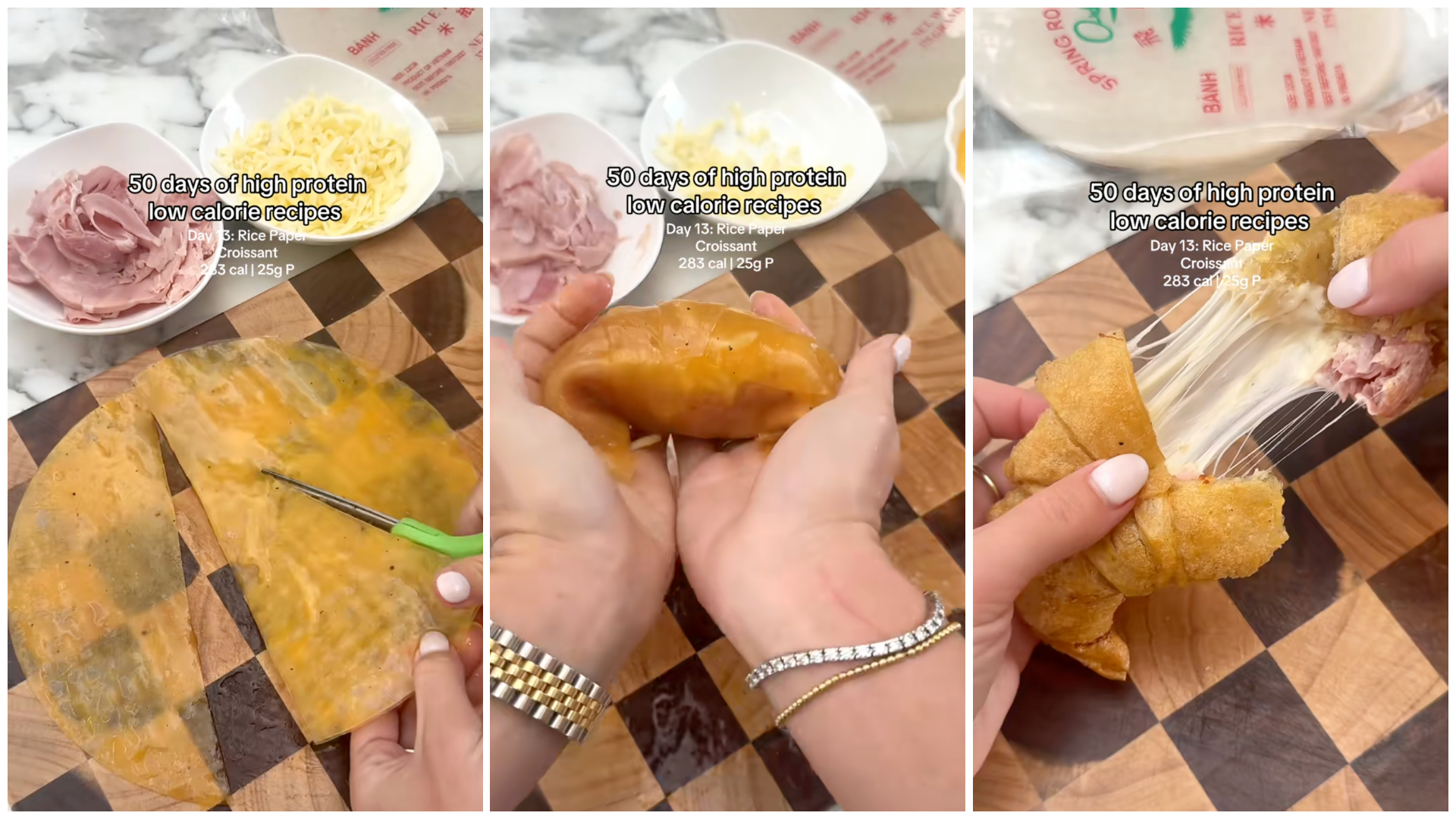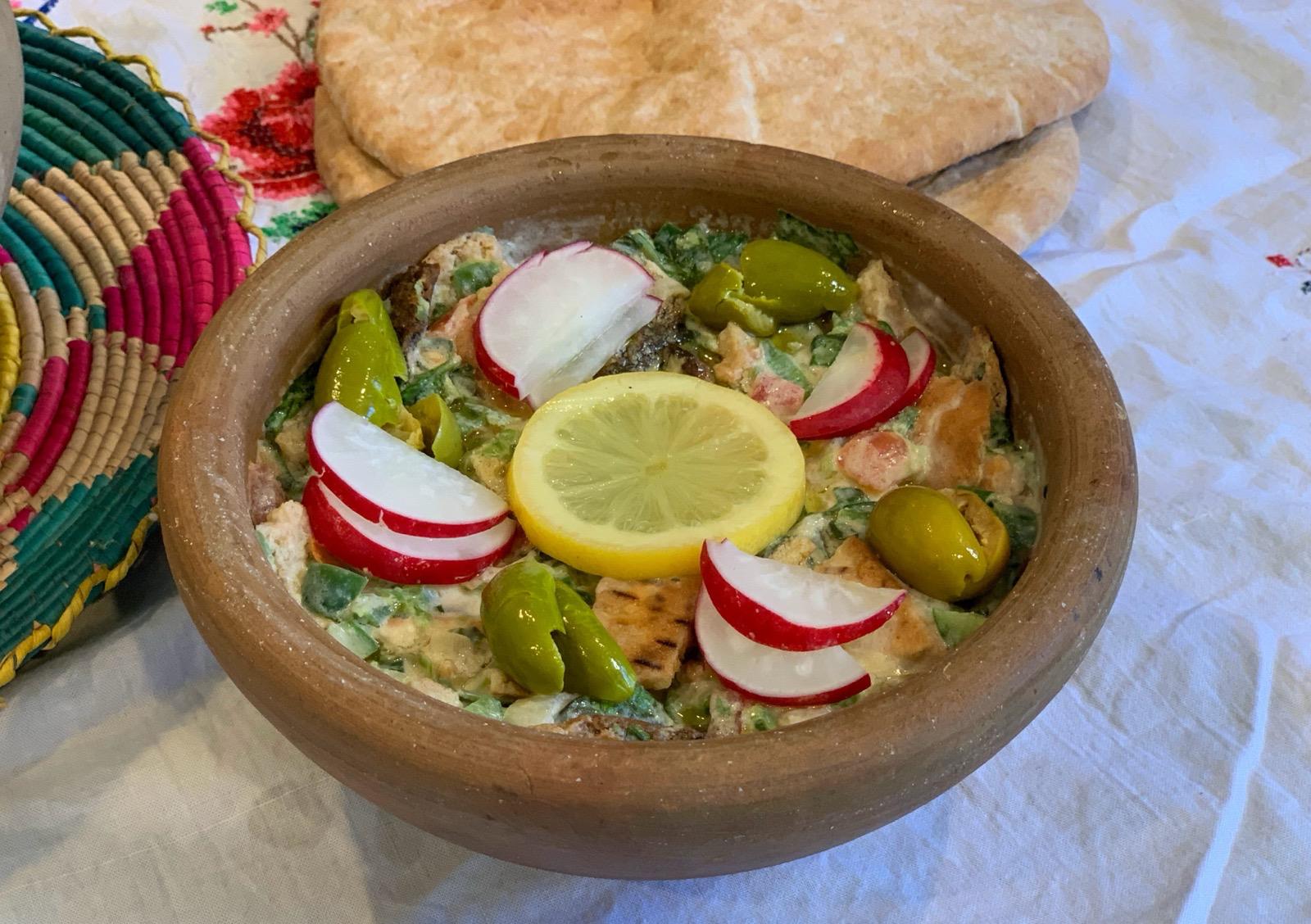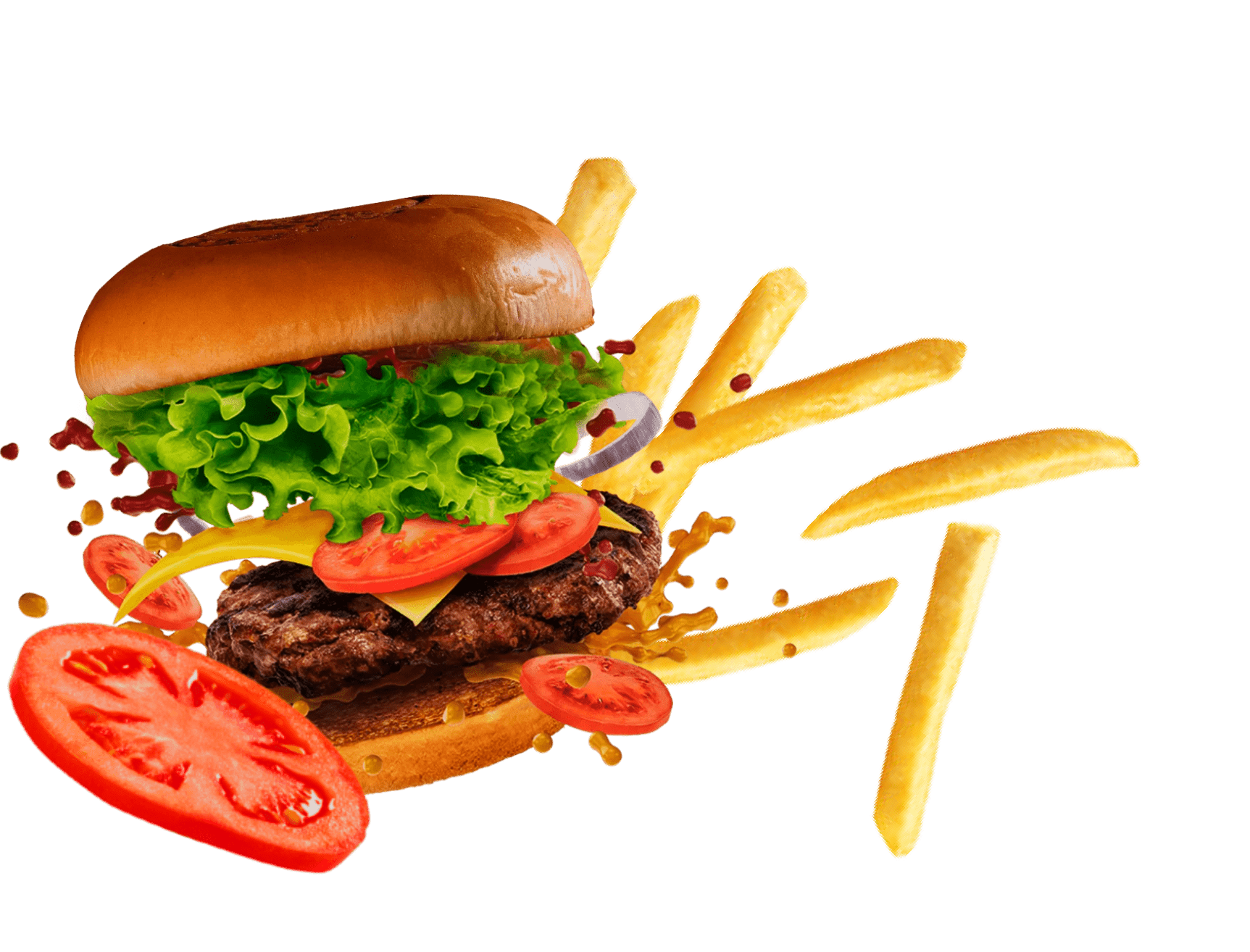The Ultimate Guide to Juicy Thanksgiving Turkeys
We’ve all experienced the struggle of cooking turkey on Thanksgiving. The bird dries out so easily in the oven, that more often than not, you’re stuck eating tough, dry turkey that is hard to get down. However, there are a lot of different ways to help your turkey become more moist when it’s ready to serve. Follow a few of these simple tips and tricks below, and everyone will be salivating over how juicy and tender your turkey is this Thanksgiving.
Brine Your Turkey

Photo: Eugene Kim on Flickr.
Making a brine is incredibly easy and can be flavored to your liking. By immersing the turkey in a marinated, salty liquid for a couple of days in the fridge, you’re adding tons of flavor and drawing more water into the turkey, making it juicier from the start of the cooking process.
There’s two common ways to make brine: Either just add your ingredients straight into cold water and add the turkey in, or bring the water with ingredients up to a boil and pour into a container of ice to keep anything from cooking and changing the flavor before adding the turkey into the icy brine.
Some recommendations for the brine include peppercorns, bay leaves, and citrus, which helps break down some of the tissue in your turkey to make it more tender.
Pro Tip: Take the turkey out of the fridge (but still in the brine) an hour before you’re ready to roast to bring the turkey to room temperature and ensure even cooking.
Stuff It With Veggies (Or Fruit!)

Photo: Brian Teuth on Flickr
Adding onions, more citrus, and herbs into the cavity adds moisture from the produce, allowing the bird to steam from the inside out. This not only helps keep the bird juicy and moist, but also adds flavor from the produce inside.
Pro Tip: After roasting, remove the produce from inside the turkey, and save it to infuse into your gravy.
Put Some Veggies Underneath As Well

Photo: Mike Fleming on Flickr
Adding a load of chopped vegetables like carrots, celery, onions, etc. underneath the turkey keeps the bottom from burning or cooking unevenly. This “trivet”, as it’s called, protects the turkey from the direct heat of your roasting tray and contributes a lot of flavor to your gravy as well!
Pro Tip: To add an extra level of steam, also pour a small amount of water into the roasting tray.
Covering With Foil Is Key
Tenting your turkey with a cover of aluminum foil prevents too much water/steam from escaping the turkey and evaporating. The foil locks in the moisture and helps keep the turkey incredibly tender.
Pro Tip: Make sure the foil doesn’t touch the turkey, and remove two-thirds of the way through cooking so that the skin on top can brown.
Start Your Bird UPSIDE DOWN
This sounds crazy, but SORTEDfood did it a couple of years ago, and it worked really well in keeping the most critical part of the turkey dry: the breast. Turkey breast often dries out much easier than the rest of the turkey. By roasting it upside down, the juices from the turkey go straight to the breast, keeping the most commonly eaten part of the bird extremely tender.
Pro Tip: Make sure to turn the turkey back over a little more than halfway through so that the skin on top can still brown.
Put Some Bacon On It
Gordon Ramsay did this in an attempt to also make the turkey breast more tender. Instead of using the turkey’s juices, he resorted to lining the top of the bird with strips of bacon. The fat renders down into the turkey, keep it juicy while adding a ton of great flavor!
Pro Tip: Remove the bacon before the turkey is done roasting and either add to your gravy or save for yourself to eat.
Baste Your Bird

Photo: Joy on Flickr.
This is the most annoying chore to have while roasting the turkey, but is one of the most critical. Adding moisture back into the turkey is necessary as it cooks in the oven. Without basting, it will dry out, so make sure to baste every 30 minutes or so while you’re trying to brown the turkey skin!
Pro Tip: Customize your basting liquid to match what’s in your turkey! Some cool examples are a mix of butter/maple syrup, a mix of lemonade/butter, or even apple juice/cider!
Know Your Temperatures

One of the biggest reasons that turkey is overcooked and/or dry during Thanksgiving is that temperature isn’t monitored. As you baste the turkey and it nears the end of your estimated cooking time (which varies by weight), measure the temperature of your turkey. The best spot to do this is between the leg and the breast, as that part takes the longest to come up to temperature. When the turkey reaches 165 degrees F, it’s ready to come out of the oven and rest!
Pro Tip: Check out the USDA’s guide on roasting turkeys for an estimation of how long to cook yours based on how big it is.
Let The Turkey Rest!

Photo: The Broke College Kid – Recipes I’m Too Broke to Make
Please, whatever you do, do NOT slice into your turkey the instant it comes out of the oven. That just lets all of the juice inside of the turkey run out and dries it out almost immediately. Let the turkey rest for at least 20 minutes prior to carving to let the juices rest and stay with the meat, instead of flowing out right away.
Pro Tip: Gordon Ramsay would tell you to let the bird rest for as long as it’s cooked – and that’s fine, as long as you cover it with foil and cloth towels to keep it warm and serve with a hot gravy to bring the turkey up to temperature on your guests’ plates.
Follow one, two, or all of these tips, and you’ll have a much more tender bird that will impress all of your guests and yourself! Have a great, dry turkey-free Thanksgiving!

